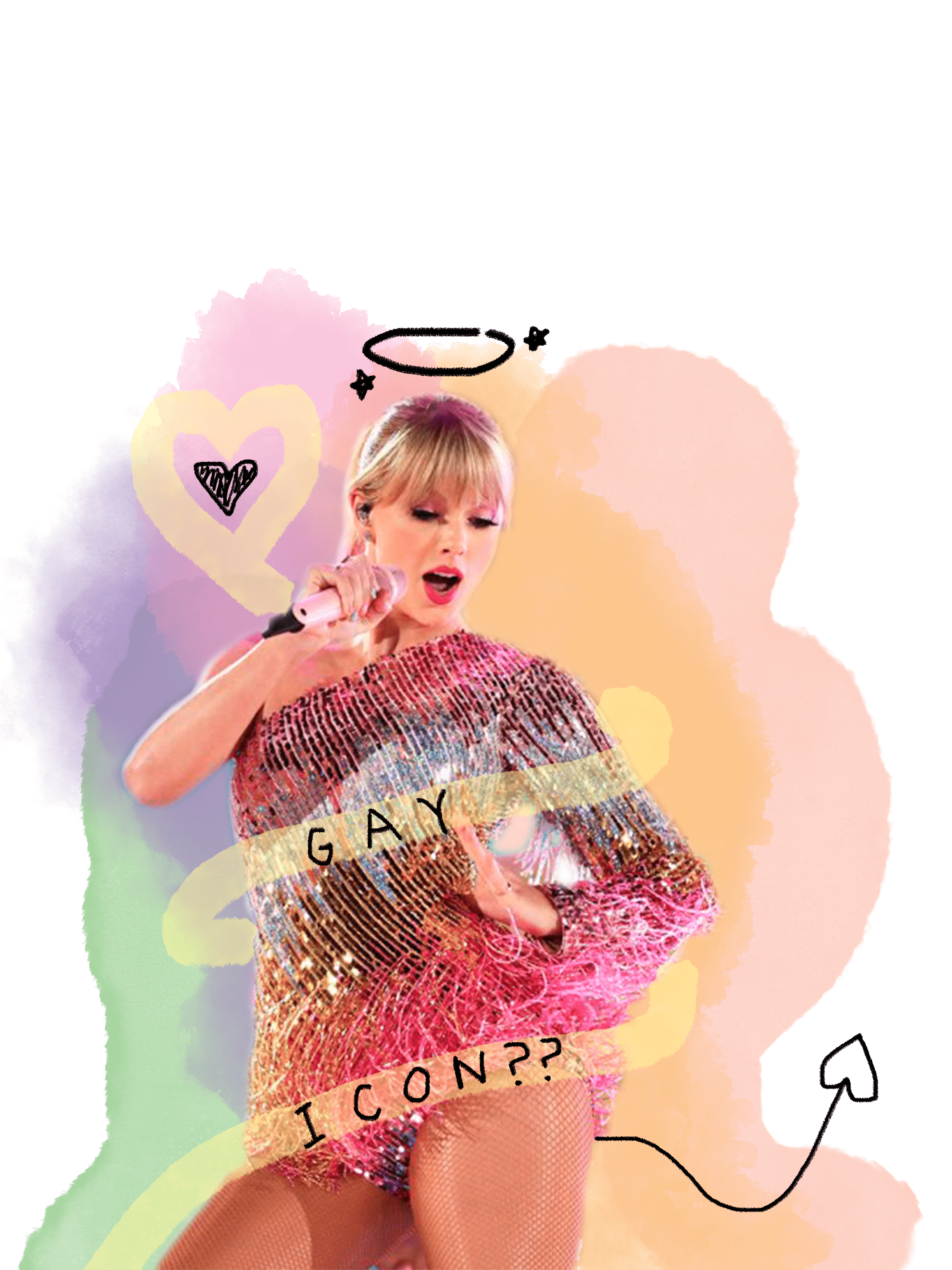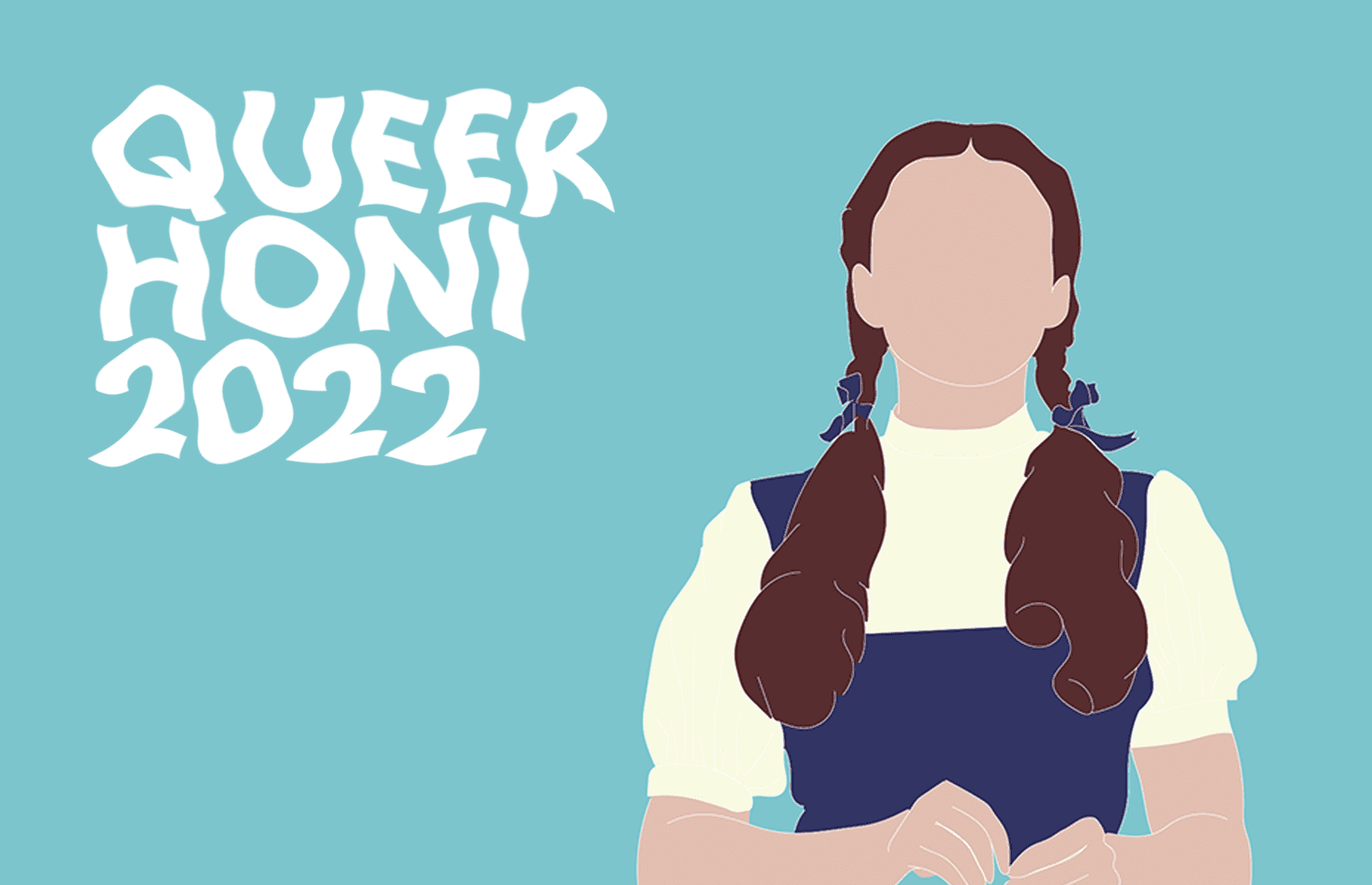What would you say if I asked you to name a gay icon? There are the classics (The Madonna, Cher, Liza) who have indisputable camp demeanours, an exuberant zest for life, and who have actively supported the queer community; The new gays (Billy Porter, Hayley Kiyoko, Lady Gaga) who openly embody queer joy in their artistry; or perhaps the not quite queer icons (Disney Villains, Ina Garten, Peppa Pig) whom the queer internet either takes the piss out of or treasures (or both at once, such as Carly Rae Jepson holding a sword).
An important distinction to be drawn is between icons who advocate for the queer community, and icons who are (openly) queer. It’s here that the term ‘icon’ begets examination. The historical function of a queer icon is an individual, who has cultivated a following of LGBTQ+ people for any reason, and who then recognise and advocate for said fanbase. These people, predominantly Old Hollywood starlets, exist due to the invisibility of queer people in the media. Because we couldn’t see ourselves, we clung to icons who luxuriated in highly gendered performances of self whilst still benefiting from a cisgender-heterosexual public identity.

But what purpose does that title serve now? Cishet stars such as Dua Lipa, Ariana Grande, and Taylor Swift have actively capitalised on their image as ‘queer icons’ whilst queer artists struggle to be understood. These allies are given space, publicity, and money on the backs of their queer fans with (at times) minimal encouragement of their queer fans. Meanwhile, actual queer artists lack industry support, are encouraged to sanitise their queerness, and face misunderstanding from the public.
This isn’t to say that allies aren’t valued by the queer community. Rather, I’d like to argue for a reframing of what constitutes an icon and what constitutes an ally. Here lies the first hurdle: in the age of the Internet, anyone can call anything a ‘queer icon’, whether they be a celebrity, ordinary person, or inanimate object. The obvious solution to this is to open a government-funded, publicly-backed institution who examine applications for the title of ‘queer icon’ and announce inductees at an annual jubilee ball hosted by celebrated drag artists. Their portraits can be hung on a commemorative wall, making it easy to replace the frames of recently-outed-as-transphobic inductees.
But maybe, in our current context, a better solution is to open the discussion as to what purpose the title of ‘queer icon’ actually serves, and who therefore deserves to be called one. Maybe allies can take a step back and let LGBTQIA+ individuals hold space in the eyes of the queer (and heterosexual) public, and can be celebrated for being a good ally rather than a “queer icon”. I have three criteria for defining a queer icon:
1. An individual who openly identifies as LGBTQIA+. This isn’t to encourage the outing of celebrities, nor the shaming of those who aren’t comfortable or safe to come out. As queer people, we can derive inspiration, safety, and community from any artist we relate to. However, if we’re to anoint individuals with the title of ‘queer icon’, they should at least be able to openly identify as queer (looking at you, Harry Styles).
2. An individual actively draws from or expands queer culture. The question isn’t whether the LGBTQIA+ community appreciates an artist’s work, like their music, movies, or memes, but whether this content was made with a queer fanbase in mind or whether we adopted it. For example, I don’t consider Dua Lipa a queer icon because we recognised the perfection of her pop music after it was already made.
3. An individual can be uniquely appreciated through a queer lens. This is a bit more personal, but if queer icons are celebrated by heterosexual media, there should be something in their work which is uniquely appreciated by the queer community. Lil Nas X, for example, has a large mainstream following, yet still makes jokes and music for us queers.
Maybe the redefinition of the queer icon is homogenising, meaningless, or constrictive to some, and I totally understand those criticisms. To me, however, I think being a bit more discerning about which stars we call ‘icons’ is a necessary endeavour.
We can have exceptional allies (like Charli XCX) who actively uplift and collaborate with the queer community, we can have queer catchphrases built by black trans women which proliferate into the mainstream consciousness (has anyone else noticed straight people saying things like ‘work’ lately?), we can have unity and appreciate the cishet allies who continually stand-up for our community with their words and their money.
But maybe it’s time to stop letting others speak for us.







